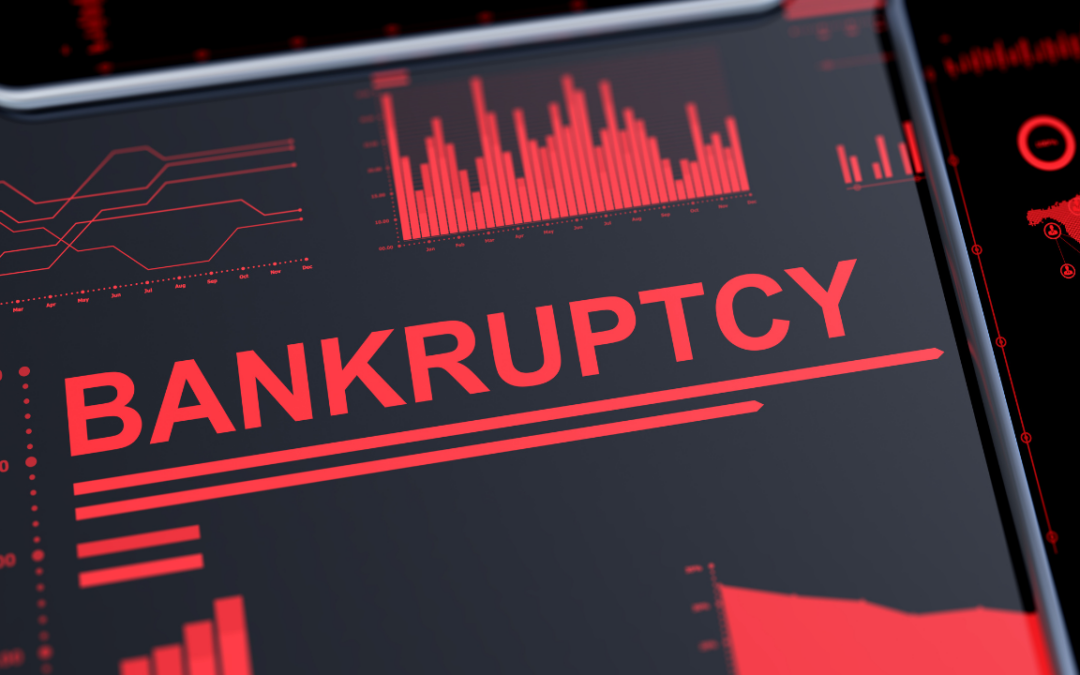Dealing with financial difficulties can be overwhelming and stressful. If you find yourself drowning in debt and unable to pay your bills, it may be time to consider bankruptcy as a way to regain control of your finances. However, before taking this step, it’s important to understand the bankruptcy laws and regulations that apply to your situation.
Bankruptcy is a legal process that allows individuals or businesses to eliminate or repay their debts under the protection of the court. It provides a fresh start for those who are overwhelmed by debt and unable to meet their financial obligations. There are different types of bankruptcy, each with its own set of rules and requirements.
The two most common types of bankruptcy for individuals are Chapter 7 and Chapter 13. Chapter 7 bankruptcy, also known as liquidation bankruptcy, involves the sale of non-exempt assets to repay creditors. It is usually the best option for those with little to no income and a large amount of unsecured debt, such as credit card debt or medical bills. Chapter 13 bankruptcy, on the other hand, allows individuals to create a repayment plan to pay off their debts over a period of three to five years. This type of bankruptcy is suitable for those with a regular income who can afford to make monthly payments.
To file for bankruptcy, you must meet certain eligibility criteria. These criteria include completing credit counseling within six months before filing, passing the means test to determine if you qualify for Chapter 7 bankruptcy, and attending a debtor education course after filing. Additionally, there are limits on the amount of debt you can have to qualify for Chapter 13 bankruptcy.
Once you file for bankruptcy, an automatic stay goes into effect, which prevents creditors from taking any further action to collect the debt. This means that they cannot pursue legal action, garnish your wages, or contact you to collect the debt. The court will appoint a trustee to oversee your case and ensure that your creditors are treated fairly.
During the bankruptcy process, you will be required to provide detailed information about your income, expenses, assets, and debts. This information will be used to determine how your debts will be discharged or repaid. In Chapter 7 bankruptcy, non-exempt assets may be sold to repay creditors, while in Chapter 13 bankruptcy, you will make monthly payments to a trustee who will distribute the funds to your creditors.
It’s important to note that not all debts can be discharged through bankruptcy. Certain debts, such as child support, alimony, student loans, and most tax debts, are not eligible for discharge. However, bankruptcy can still provide relief by eliminating or reducing other debts, giving you a fresh start.
Bankruptcy should be considered as a last resort when all other options have been exhausted. It has long-term consequences and can stay on your credit report for up to ten years, making it difficult to obtain credit in the future. However, for those who are drowning in debt and unable to see a way out, bankruptcy can provide a much-needed lifeline.
If you are considering bankruptcy, it’s important to consult with a qualified bankruptcy attorney who can guide you through the process and help you make informed decisions. They can evaluate your financial situation, explain the options available to you, and ensure that you meet all the necessary requirements.
In conclusion, bankruptcy laws and regulations are in place to provide individuals and businesses with a fresh start when overwhelmed by debt. Understanding the different types of bankruptcy, eligibility criteria, and the process itself is crucial before making the decision to file. Consulting with a bankruptcy attorney can provide the guidance and support needed to navigate through this challenging process.


